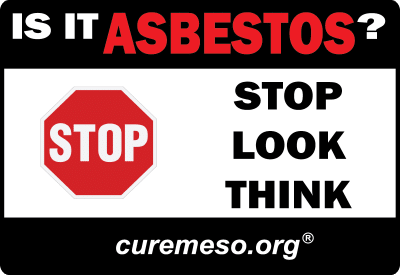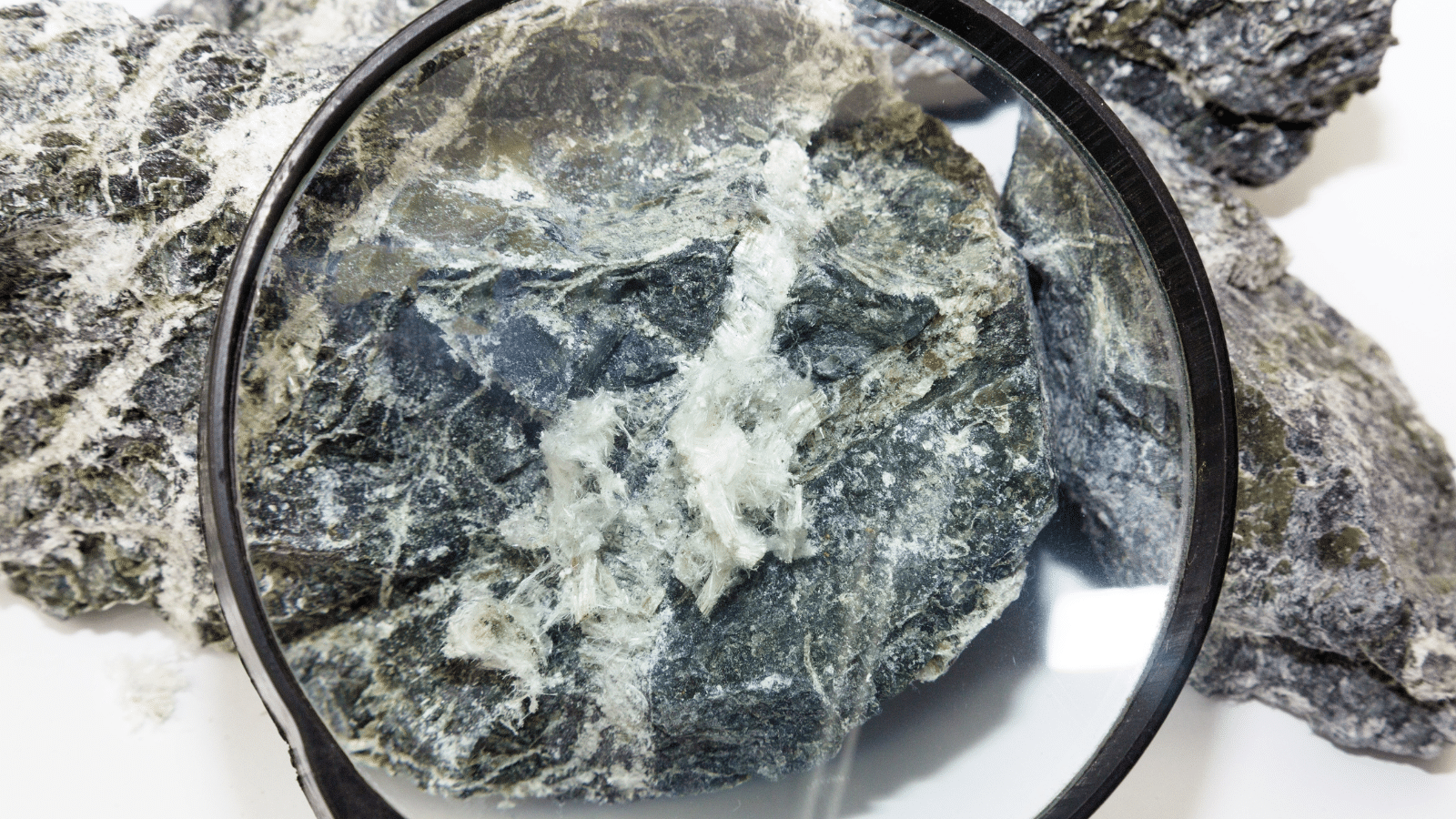 by Diane Blackburn-Zambetti, Director of Policy and Prevention Education
by Diane Blackburn-Zambetti, Director of Policy and Prevention Education
This article is the first of a three-part series regarding situational awareness and its application in preventing asbestos exposure:
- Part one will address the definition of situational awareness (SA) and the areas in which SA can be applied
- Part two will address SA in regards to encountering asbestos during DIY projects
- Part three will address SA in regards to encountering asbestos on the jobsite
Many of you may have heard or used the term “situational awareness” without fully understanding what it means or knowing of the many areas in which this concept can be applied. At the end of this three-part series of articles, you will gain a better understanding of the term, as well as its many areas of use when it comes to preventing asbestos exposure.
Simply stated, situational awareness is the concept of knowing and being aware of what is around you. SA is an ongoing process. With this awareness and knowledge, you are less likely to be caught off guard and you will have the ability to make better decisions when needed. SA can have many applications in your everyday life. A few examples include: work, DIY projects, security, walking, and parenting. It is especially useful for recognizing the presence of asbestos before exposure.
There are five defined levels of awareness:
- You are in a state similar to daydreaming
- You are relaxed but still aware and reacting to your surroundings
- You are focused and aware of your surroundings and ready to react (i.e. walking on ice)
- You have a feeling of wide eyes and hair standing on end with your heart beating harder and faster, but you are still functioning
- You are no longer able to function or respond — you are “frozen”
You likely apply the practice of SA without realizing it. It is important that people are aware of their surroundings and the hazards that may be present, such as asbestos. Looking out for your own safety, as well as others nearby, is a key aspect of situational awareness.
SA can be consciously practiced and improved through the STOP-LOOK-THINK method:
STOP Engage your thought process before you act, and evaluate the situation.
LOOK Scan the entire space for possible hazards, both at home and at work.
THINK Consider the consequences of venturing into unsafe conditions, and determine the proper safety equipment.
Situational awareness allows us the opportunity to make rational decisions and act before being caught off guard. In the next installment of this three-part series, we will address the practice of situational awareness in preventing asbestos exposure during DIY projects.





